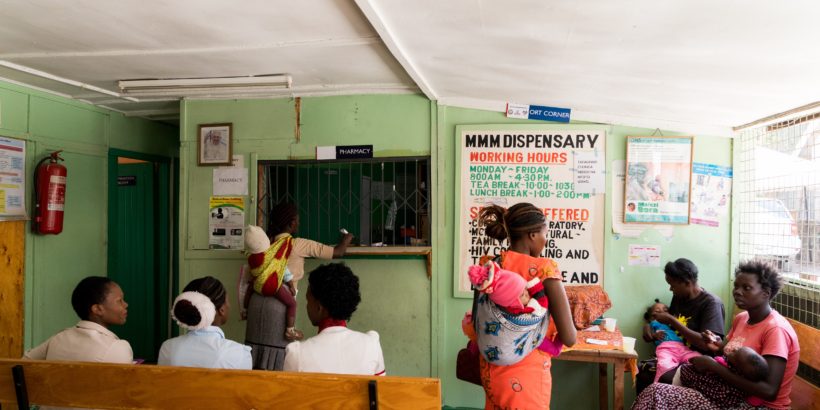Health care workers in low- and middle-income countries (LMICs) deal with many challenges in order to deliver the highest quality care. For example, many health care facilities (HCFs) lack adequate environmental conditions and basic standard precaution items to prevent and treat infection in the very places where patients seek care.
So, what are environmental conditions and standard precaution items? Think water, sanitation, and hygiene (WASH) – essential components to providing basic health services that include water availability and quality, presence of sanitation facilities, availability of soap and water for handwashing, personal protection supplies like gloves and gowns, infectious waste disposal, sterilization equipment, and energy services. These standards and precautions are critical to safe patient care, preventing infections and spread of disease, and the protection of health care workers, visitors, and the community.
A recent article by Cronk and Bartram (2018) brings us two firsts: 1) Estimates of environmental conditions and standard precautions for HCFs in LMICs and 2) Factors associated with low coverage of same. The authors conducted a multi-country analysis and present the most comprehensive estimates to date using data from monitoring reports and peer-reviewed literature. They found many HCFs in LMICs lack adequate environmental conditions and the most basic standard precaution items needed to prevent the spread of infection. As a result, health care acquired infections are a problem for HCFs in LMICs.
Only two percent of HCFs in six countries assessed had sufficient WASH and waste management services. The authors found significant inequalities in coverage of environmental conditions and standard precaution items between HCFs based on setting (urban verses rural), facility (hospital, clinic, or dispensary), managing authority (government, private for-profit, or private not-for-profit), and sub-national administrative unit. HCFs in rural areas had lower service levels than those in urban settings and hospitals had consistently higher basic water service coverage compared to clinics and dispensaries. Private facilities had higher coverage than public facilities.
These findings help define the extent of the problem and prioritize resources. They are important for policies and programming, improving service delivery, resource allocation, and most importantly, keeping patients and workers safe. Actions are needed to improve WASH services for HCFs in LMICs in order to provide higher quality care, reduce health care-related infections, increase uptake of health services, and improve staff morale.
The results have broader implications for diseases such as typhoid, cholera, and Shigella that are spread by contaminated food and water. While many of these diseases are no longer problems in industrialized countries, they continue to persist in LMICs. The development of WASH infrastructure is essential to keeping patients and workers safe at HCFs; until clean water and improved sanitation are universal, preventing the spread of disease through an integrated approach that includes vaccines, WASH initiatives, and appropriate treatment can improve the detrimental impacts of many infectious diseases.
Photo Credit: Sabin Vaccine Institute/Adriane Ohanesian



